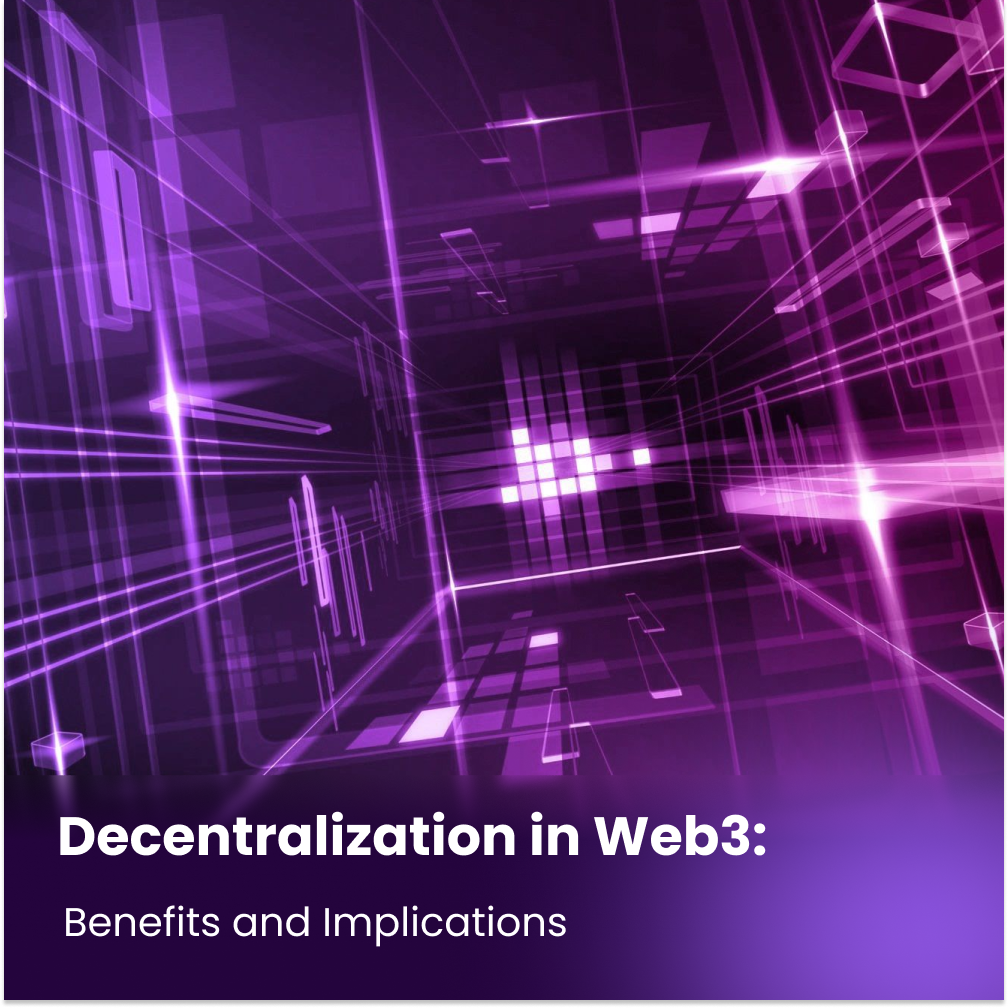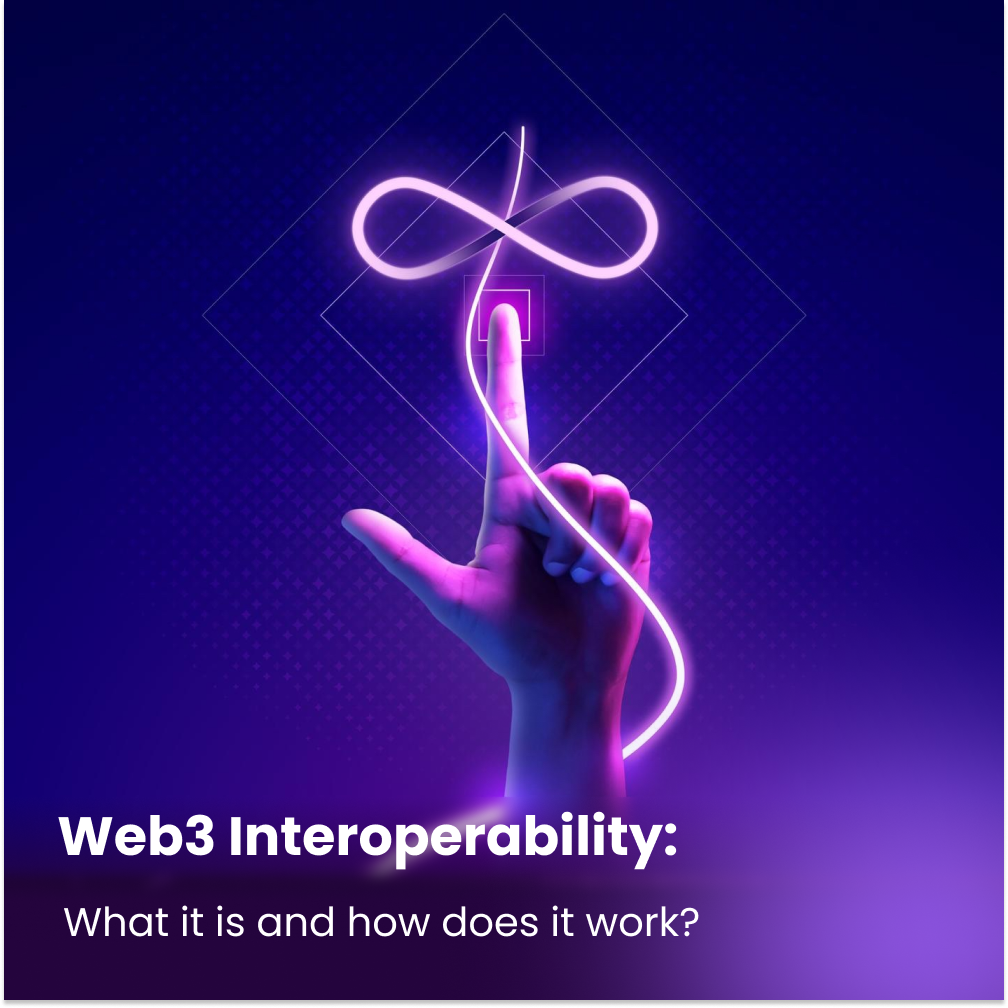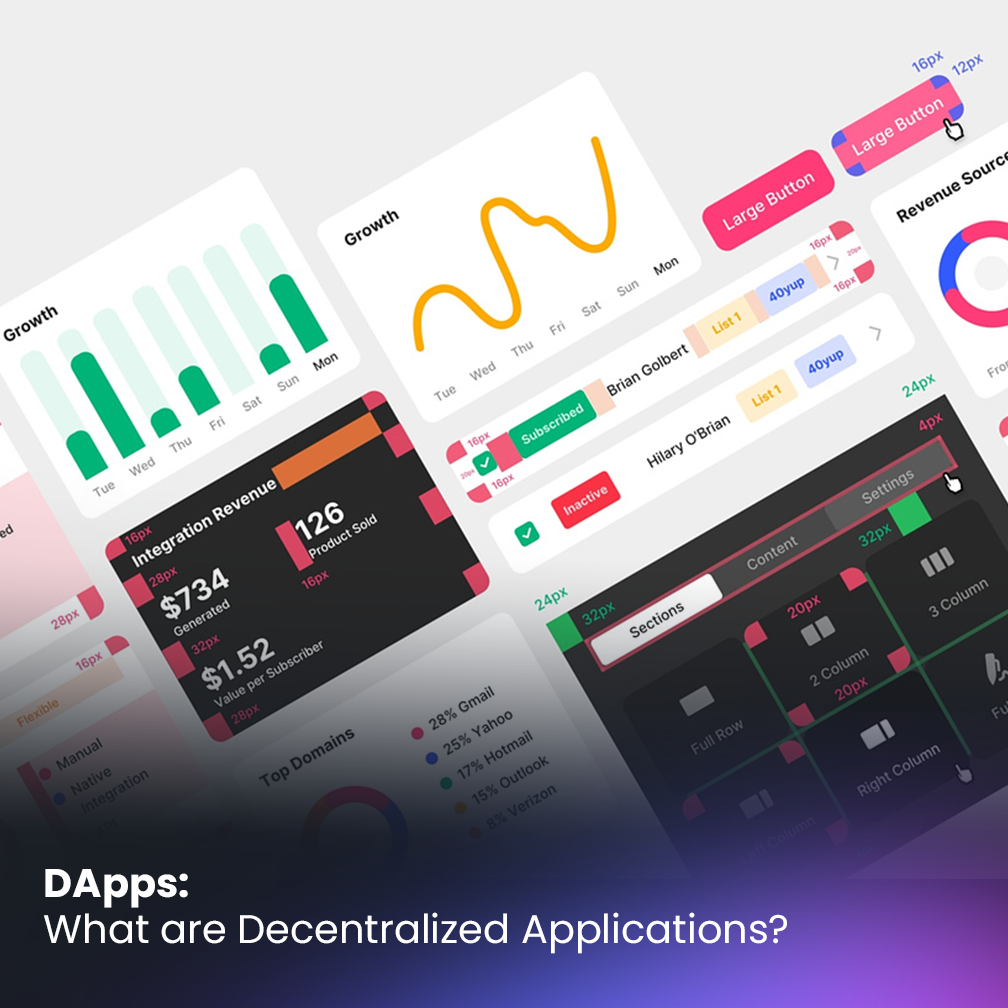
Estimated reading time: 6 minutes
Consider a scenario where the internet is established, supported, and possessed by regular users rather than a small group of large tech organizations. Users of social media might capitalize on their personal data, while creators of content could be paid with cryptocurrency every time someone views their new post. This is the assurance of decentralization in Web3.
Web3 brings about a decentralized internet founded on an open, unrestricted blockchain network. As of now, the internet is centralized and the information moves through and is stored in data centers held by select firms. A handful of powerful actors regulate the most commonly used platforms and services.
However, with Web3, data storage and flow happen over networks running on numerous computers without any sole entity having control. Online services ranging from e-commerce to social media to gaming are offered and governed by democratic groups of developers, creators, and users.
In this article, we will explore the benefits and challenges of decentralization in Web3 and its potential impact on the future of the internet.
What does decentralization mean?
In the realm of web3, decentralization primarily focuses on ensuring security and immutability. It is employed in blockchain technology to enhance security measures and safeguard against unauthorized access.

Centralized systems, on the other hand, have a single point of failure that can be targeted by malicious actors. These systems can be controlled by governments or companies, which can compromise user data and use it for their own purposes. This is detrimental to users as these entities have no incentive to protect their information against theft or hacking. In fact, centralized systems are often compromised multiple times throughout their lifetime.
In a decentralized system, data is not stored on a single service. Instead, each user has their own copy of the database, which is used to verify transactions. Blockchain technology is a prime example of a decentralized system. Decentralization in Web3 offers a level of security that could not be achieved with Web2.
Decentralization in Web3
In the context of Web3, decentralization implies a situation where power, security, and control are not held by a single central authority, but rather distributed among multiple actors who collectively oversee the relevant system. Decentralized systems are considered more robust than their centralized counterparts because they lack a single point of failure or vulnerability that could lead to the collapse of the entire system.
Decentralization in Web3 entails establishing critical infrastructure components, such as storage, on a robust global network. This ensures that no individual or organization can control access, which is a fundamental principle of public blockchain infrastructure and an essential concept of Web3.
- Decentralized network – It involves several central hubs acting as authorities for network participants. This type of architecture is utilized in computing to distribute tasks across multiple computers rather than relying solely on a central server.
- DeFi (decentralized finance) – It employs economic incentives to enable permissionless networks, paving the way for modern finance. DeFi allows individuals to access blockchain technology and manage their finances without relying on a single firm or central authority.
- Decentralized identity – It is an upcoming Web3 concept based on a trust framework for managing identities. This identity and access management method allows individuals to create, control, and maintain their personally identifiable information (PII) without relying on a centralized third party, such as a registry, identity provider, or certification authority.
- Decentralized data storage devices – They frequently use blockchain to monitor storage transactions. Blockchain can effectively integrate and verify storage transactions between distributed nodes.
How decentralization in Web3 is being used today?

The idea of a decentralized web has been a topic of discussion for years; however, in practice, most of the internet remains centralized. Presently, the Ethereum network is the most prominent community-managed decentralized network, powering the cryptocurrency ether (ETH) and granting access to numerous decentralized applications or dapps.
Dapps are available across various categories, such as finance, arts and collectibles, gaming, and technology.
Financial dapps focus on developing cryptocurrency services, while arts and collectibles dapps concentrate on digital ownership, creating opportunities for content creators to earn more. These dapps cover various fields such as art, fashion, digital collectibles, and music.
Gaming dapps explore the creation of virtual gaming worlds that enable players to interact with one another. The key difference here is that these dapps, which can be divided into virtual worlds and competition types, use collectibles that hold tangible value.
Technology dapps prioritize decentralizing developer tools, integrating crypto-economic systems into existing technology, and creating open-source development work marketplaces.
Decentralization and Spatial Computing
But what are the implications of decentralization in Web3 for spatial computing?

If you ask skeptics what spatial computing is, they might define it as a more immersive gaming experience. Buy the applications of spatial computing are far beyond just a gaming platform.
Virtual reality and augmented reality technologies as well as technologies such as Teleport Plaque Addresses are providing new opportunities for engaging with brands and individuals in ways more engaging than two-dimensional images. However, realizing the full potential of spatial computing, as envisioned by spatial computing pioneers, may depend on or even be expedited by Web3 technology.
For instance, the value of digital land in spatial computing relies on ownership rights granted through smart contracts on the blockchain. The collaborative, open-source character of Web3, utilizing public infrastructure, will encourage innovation and speed up the adoption of spatial computing, surpassing the centralized development model of Web2.
Furthermore, decentralized spatial computing platforms based on the feature of decentralization in Web3 are inherently persistent and resistant to failures, making them more resilient than centralized systems.
Conclusion
While decentralization in Web3 is not without its flaws, it represents a positive move toward addressing issues of power abuse. Decentralization makes companies more responsible for their conduct, which should result in superior products. Moreover, it returns control to users, granting them the ability to decide how their information is stored and utilized.








